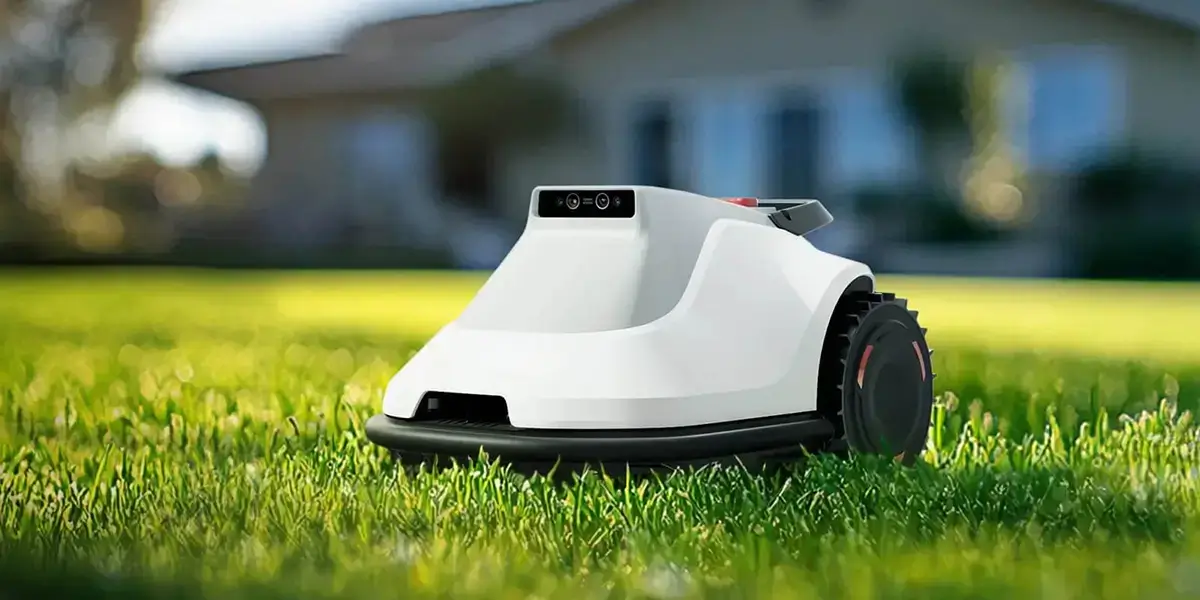Sure! Here's the first part of the article.
Understanding the Motor to Gearbox Coupling
In the world of machinery and industrial systems, the motor to gearbox coupling is often an overlooked yet incredibly important component. It's the bridge that ensures the seamless transfer of power between a motor and a gearbox. Whether you’re operating heavy-duty equipment, manufacturing machinery, or any complex system where power needs to be transferred efficiently, understanding the coupling mechanism can help improve system performance, reduce wear and tear, and boost overall productivity.

The Role of the Motor to Gearbox Coupling
The primary function of the motor to gearbox coupling is to connect the motor's output shaft to the gearbox's input shaft. This connection is crucial because motors generate rotational motion, but the speed and torque they produce need to be adjusted to match the requirements of the machinery or system. The gearbox, on the other hand, is designed to change the speed, torque, and direction of the motor's output to suit the operational demands.
The coupling serves as an intermediary to facilitate this interaction by ensuring that the rotational force (torque) is transmitted smoothly and reliably from the motor to the gearbox. It also compensates for slight misalignments between the motor and gearbox shafts, reducing the risk of mechanical failure.
Types of Couplings
There are various types of motor to gearbox couplings, each designed for specific applications based on factors like torque requirements, shaft alignment, and environmental conditions. Let’s explore a few of the most common types:
Rigid Couplings: As the name suggests, rigid couplings do not allow any flexibility between the motor and the gearbox. They provide a strong and precise connection and are suitable for applications where the shafts are perfectly aligned, such as in certain heavy-duty applications. However, they are not ideal for environments where there is potential for shaft misalignment or vibrations.
Flexible Couplings: These couplings, on the other hand, offer a degree of flexibility. They can accommodate misalignments and absorb shock loads, which makes them a better choice for most applications in machinery and industrial systems. Flexible couplings come in various designs, such as elastomeric, jaw, or disc couplings, each tailored for specific tasks.
Universal Joint Couplings: Commonly known as U-joints, these couplings can accommodate larger misalignments and are typically used in high-torque applications where there is a need for more complex angular movement between the motor and gearbox.
Fluid Couplings: These are used in applications that require smooth, continuous torque transmission without sudden changes in power. They rely on hydraulic fluid to transfer the rotational power and are common in industries where machinery runs at varying speeds, such as conveyors or crushers.
Magnetic Couplings: Magnetic couplings use magnetic fields to transfer torque, eliminating physical contact between the motor and gearbox. These are used in specialized applications that demand the highest level of reliability, such as in sensitive environments or where contamination needs to be avoided.
Importance of Proper Alignment
Alignment plays a critical role in the performance and longevity of the motor to gearbox coupling. Even small misalignments in the shafts can lead to significant problems over time, including excessive wear, vibration, and even failure of components. Proper alignment ensures that the forces are transmitted smoothly, minimizing the risk of damage and reducing maintenance costs.
There are two types of misalignments to consider:
Angular Misalignment: This occurs when the motor and gearbox shafts are at an angle to one another.
Parallel Misalignment: This is when the shafts are not in the same plane, meaning they are offset.
Both types of misalignment can lead to excessive loads on the coupling and other components, causing premature failure. Regular checks and precise adjustments are necessary to maintain optimal alignment.
Material Choices and Durability
Another essential consideration when selecting the right motor to gearbox coupling is the material used for the coupling itself. Couplings are often made from materials like steel, aluminum, or elastomers, each chosen for their specific properties and durability under various operating conditions.
Steel and Aluminum: These metals are typically used in rigid and flexible couplings because of their strength and ability to withstand high loads. Steel couplings are particularly suitable for heavy-duty applications.
Elastomers: Used in flexible couplings, elastomers offer excellent shock-absorbing properties, helping to reduce vibration and noise in machinery. They also help dampen the effects of misalignment.
The right material choice depends on several factors, including the operating environment, load conditions, and whether the system will face high levels of vibration, heat, or moisture.
The Impact on Efficiency and Performance
The motor to gearbox coupling directly impacts the overall efficiency and performance of a system. A well-designed and properly installed coupling ensures minimal energy loss during power transmission. This leads to smoother operation, reduced energy consumption, and extended service life of both the motor and gearbox.
On the other hand, a poorly chosen or improperly installed coupling can lead to a significant drop in system performance. It can cause power losses, excessive heat generation, and, in the worst case, premature failure of other critical components like bearings or seals.
Noise and Vibration Reduction
Couplings also play a key role in managing noise and vibration. Machines that operate at high speeds or under heavy loads tend to generate noise and vibrations, which not only reduces comfort for operators but also accelerates wear and tear. Flexible couplings, especially those with elastomeric elements, help absorb vibrations and dampen noise, contributing to quieter, smoother machinery.
This aspect of coupling is particularly important in industries where noise levels are regulated or where operators are exposed to machinery for extended periods.
Part 2 will follow in the next response!
Kpower has delivered professional drive system solutions to over 500 enterprise clients globally with products covering various fields such as Smart Home Systems, Automatic Electronics, Robotics, Precision Agriculture, Drones, and Industrial Automation.




































